In the modern beverage industry, paper cups have become a standard choice due to their convenience, eco-friendliness, and versatility. The demand for high-quality paper cups has risen significantly, leading manufacturers to seek efficient production methods. One of the most effective ways to achieve high-quality paper cup production is through advanced paper cup machines. This article explores the essential aspects of utilizing these machines to ensure optimal output, quality, and efficiency in manufacturing paper cups.
Understanding Paper Cup Machines
Paper cup machines are specialized equipment designed to produce paper cups automatically. They typically operate in several stages, including feeding, forming, and sealing. By automating the production process, these machines not only enhance efficiency but also maintain consistent quality standards. Understanding the technology behind these machines is crucial for manufacturers looking to optimize their production lines.
Selecting the Right Paper
The choice of paper is fundamental to producing high-quality cups. Manufacturers should opt for food-grade paper that meets specific safety standards. The thickness of the paper should be adequate to withstand various temperatures and liquids without compromising structural integrity. Additionally, using coated paper can enhance the water resistance of the cups, making them suitable for hot and cold beverages alike.
Machine Calibration and Maintenance
To achieve high-quality production, proper calibration of the paper cup machine is essential. This involves adjusting settings such as temperature, speed, and pressure based on the type of paper and design specifications. Regular maintenance is also critical; this includes cleaning the machine components and checking for wear and tear. A well-maintained machine operates efficiently, reducing downtime and ensuring consistent product quality.
Design and Customization Options
In today's market, customization is key to standing out. Paper cup machines often allow for various designs and sizes, enabling manufacturers to cater to diverse customer needs. Incorporating unique branding elements, colors, and prints can significantly enhance the appeal of the cups. It's essential to consider how the machine handles these customizations to ensure that quality is not compromised during the production process.
Quality Control Measures
Implementing stringent quality control measures is vital in paper cup production. This includes inspecting raw materials, monitoring the production process, and conducting final inspections of the finished products. Utilizing automated systems for quality checks can help identify defects early, reducing waste and ensuring only high-quality cups reach the market. Regular training for staff on quality standards and inspection techniques is also beneficial.
Sustainability Practices
With increasing awareness of environmental issues, adopting sustainable practices is more important than ever. Paper cup manufacturers should focus on sourcing materials from responsible suppliers and exploring options for recyclable or compostable cups. Additionally, optimizing machine operations to minimize energy consumption and waste will contribute to a greener production process, appealing to environmentally conscious consumers.
Training and Skill Development
The efficiency and quality of paper cup production heavily depend on the skills of the operators. Providing comprehensive training on machine operation, troubleshooting, and maintenance ensures that staff can maximize the capabilities of the paper cup machines. Continuous skill development programs help keep the workforce updated on the latest technologies and best practices in the industry.
The Role of Technology in Production
Technological advancements have significantly transformed paper cup production. The integration of automation, artificial intelligence, and data analytics enables manufacturers to optimize processes, enhance productivity, and reduce errors. Investing in state-of-the-art machinery that incorporates the latest technology can lead to improved product consistency and quality while minimizing operational costs.
Market Trends and Consumer Preferences
Staying updated with market trends and consumer preferences is crucial for success in the paper cup industry. As more consumers seek eco-friendly options, manufacturers must adapt their production strategies accordingly. Conducting market research to understand customer needs can guide the development of new products and innovations that align with current trends, ensuring sustained demand.
Conclusion: Achieving Excellence in Paper Cup Production
In conclusion, achieving high-quality paper cup production through paper cup machines requires a comprehensive approach that includes selecting the right materials, maintaining the machinery, implementing quality control measures, and embracing sustainability. By focusing on these essential aspects, manufacturers can produce superior paper cups that meet market demands and contribute to a more sustainable future. Continuous improvement and adaptation to technological advancements will further enable manufacturers to excel in this competitive industry.





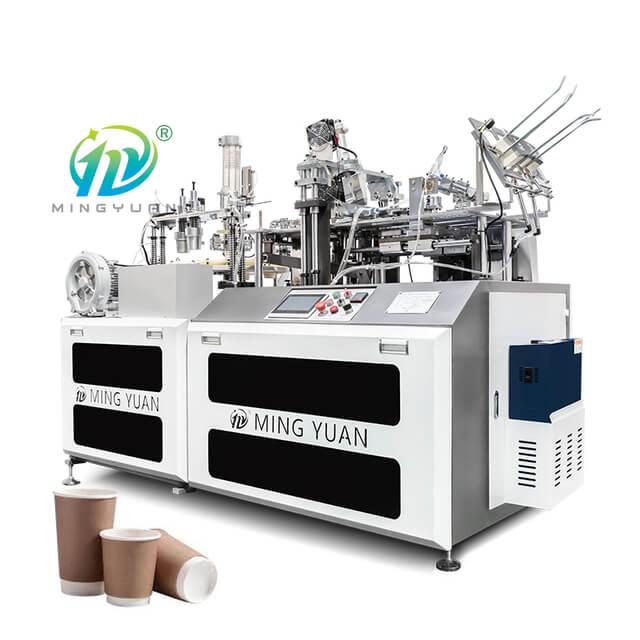
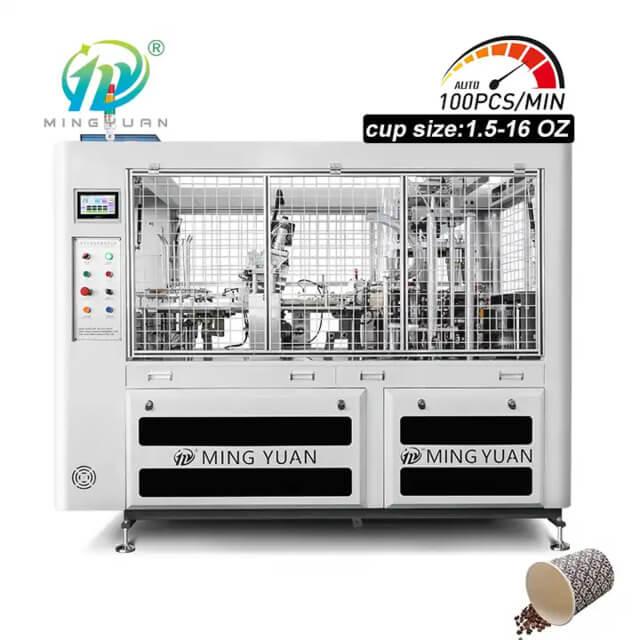
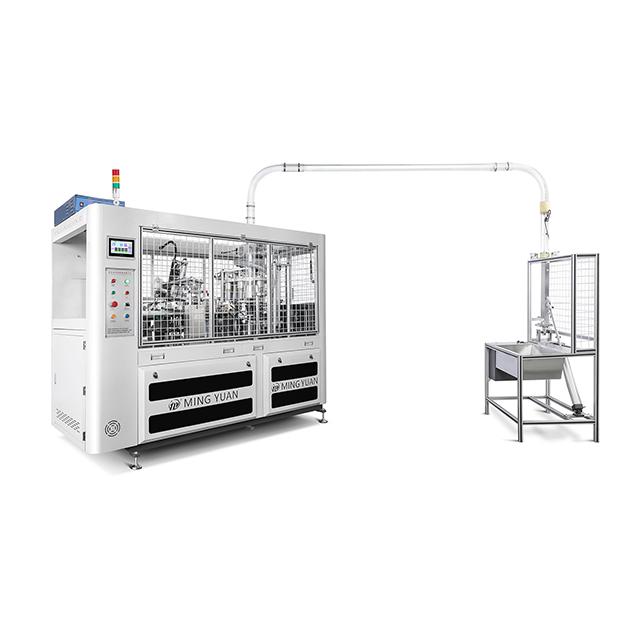

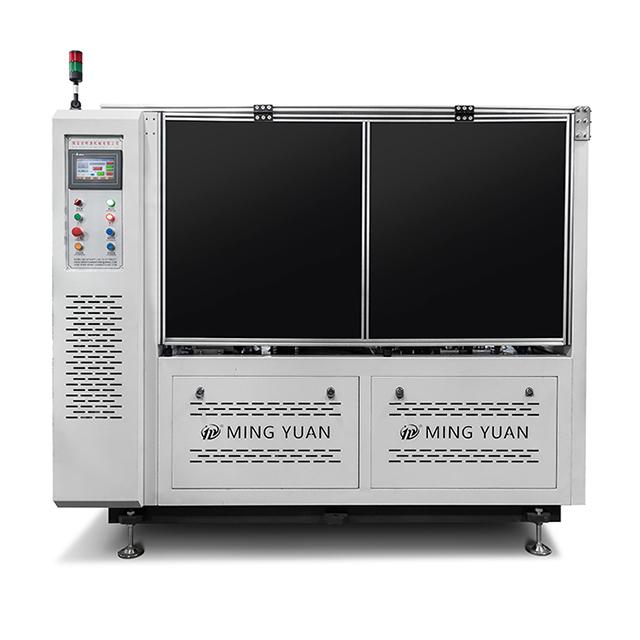
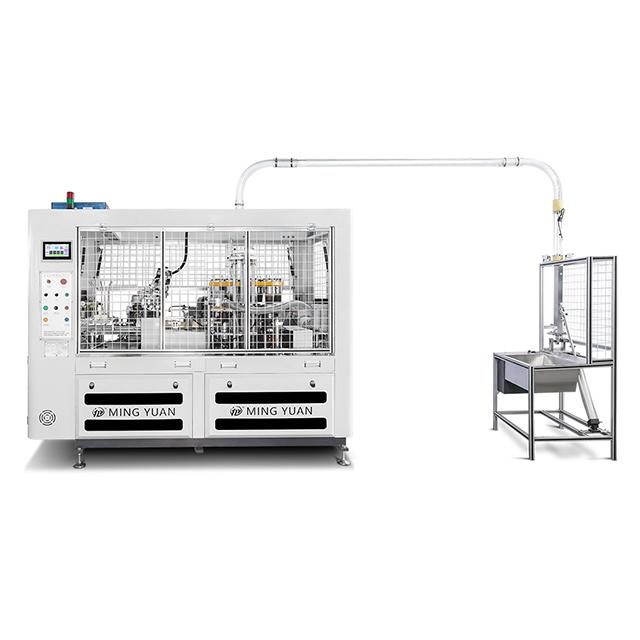

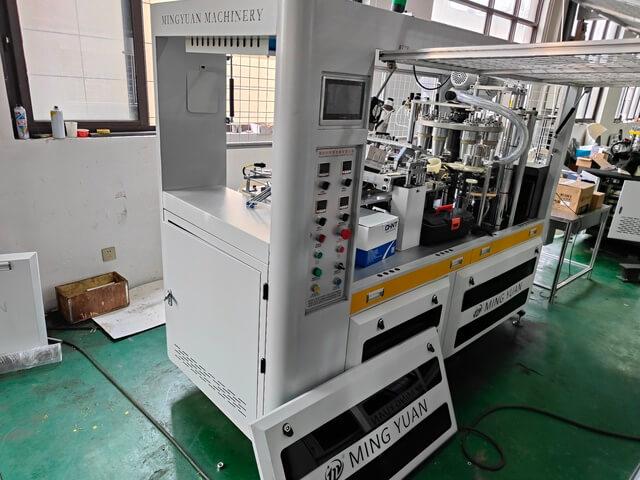

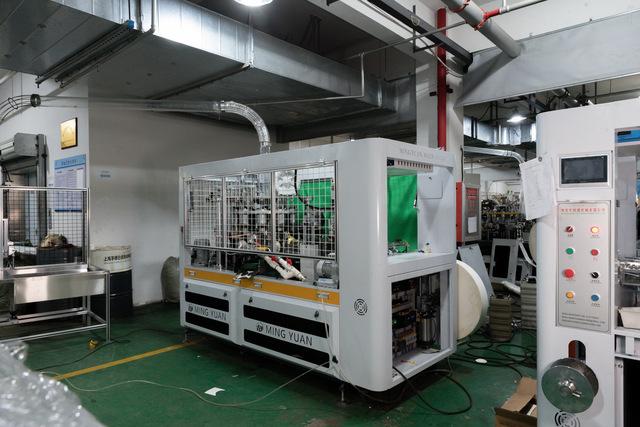

 Tel: +86-19057361870 / +86 577 65567060
Tel: +86-19057361870 / +86 577 65567060  Email: paperproductwholesaler@gmail.com
Email: paperproductwholesaler@gmail.com MP/WhatsApp: +86-19057361870
MP/WhatsApp: +86-19057361870 Manufacturer Address:No.1588, Huaming Road, Feiyun Street,Ruian City Zhejiang Province -325200 China
Manufacturer Address:No.1588, Huaming Road, Feiyun Street,Ruian City Zhejiang Province -325200 China




